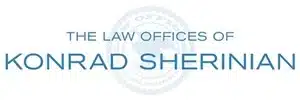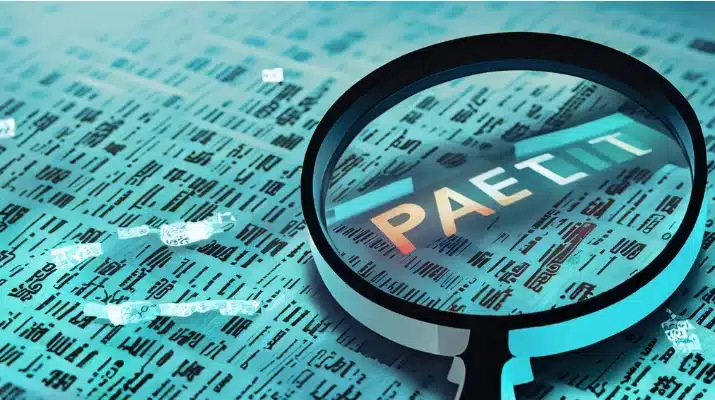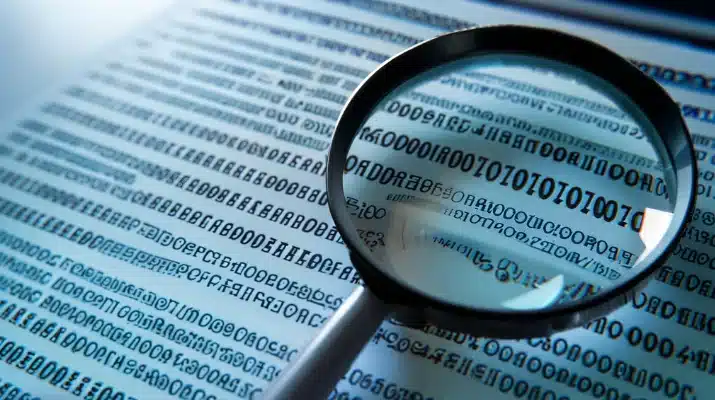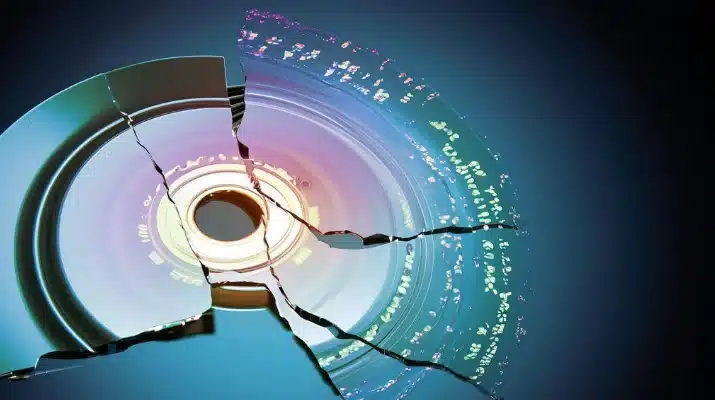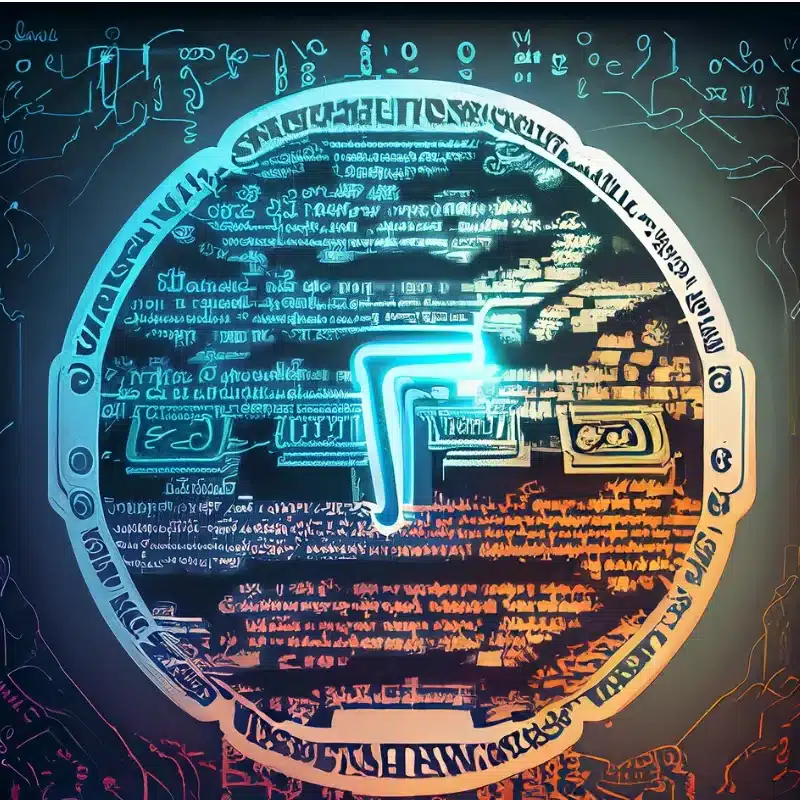Can You Patent Software? Decoding the Intellectual Property Dilemma
In the vast realm of technological innovation, one query recurrently echoes among developers, entrepreneurs, and legal experts alike: “Can you patent software?
In today’s digital age, software is more than just a tool; it’s the lifeblood powering the digital transformation of our world. Whether it’s the applications we depend on daily or complex solutions revolutionizing industries, software’s omnipresence is undeniable. With its burgeoning influence, arises an exigent need for protection. But does traditional intellectual property law offer the sanctuary it requires? Let’s embark on a journey to unravel this complex conundrum.
The Software Patent Conundrum
When we delve into the intricate tapestry of intellectual property, software patents emerge as a particularly contested domain. But what exactly are software patents?
At their core, software patents provide exclusive rights to the inventor or holder over a unique software-based process or method. Think of them as traditional patents, but tailored for the digital landscape. They’re not merely about protecting code, but the innovative methodology that underpins it.
However, the global stance on software patents isn’t uniform. Some nations embrace them wholeheartedly, recognizing the inventive steps in software, while others tread cautiously, fearing the potential stifling of innovation. This disparity underscores the importance of being well-versed with the patent environment, especially if you’re looking to protect your software on an international scale.
Consult with a Software Patent Attorney to navigate the complex waters of software patenting with expert guidance.
The dialogue surrounding software patents is multi-faceted and continually evolving. As we progress, it’s crucial to stay informed and adapt to the shifting legal terrains.
Why Conducting a Patent Search is Essential
Diving headfirst into the patenting process without thorough groundwork can be a grave oversight. One foundational step often underestimated is the patent search, a pivotal exercise designed to save inventors from potential pitfalls down the road.
So, why is this step so crucial?
A comprehensive patent search allows inventors to determine whether their software innovation is truly unique. It helps to identify any similar patents or pending applications, thus providing a clear landscape of what’s already protected. This not only aids in refining your patent application but also prevents potential infringements and ensuing legal battles.
Overlooking this phase can result in several undesired outcomes. Imagine investing considerable time, resources, and emotions into your software, only to discover a pre-existing patent that closely mirrors your innovation. This could lead to patent rejections, costly litigation, or even the need to rework your software from the ground up.
To ensure your software stands distinct and has the best chance of obtaining patent protection, always initiate with a thorough Patent Search.
The Dark Side of Patents: Infringement
The world of patents, while offering protection and exclusive rights, also has its shadows. One looming specter in this realm is patent infringement, especially pertinent in the ever-evolving sphere of software.
So, what exactly is patent infringement in the context of software?
In essence, software patent infringement occurs when a party uses, sells, or produces software that incorporates patented features without the patent holder’s permission. It’s akin to trespassing in the domain of intellectual property, potentially leading to various legal ramifications.
The repercussions of software patent infringement can be severe. The offending party might face hefty financial penalties, injunctions, or even be compelled to cease production or sales. For businesses, especially startups, this could spell financial disaster.
It’s at this critical juncture that the role of patent infringement lawyers becomes invaluable. These experts are adept at navigating the labyrinthine corridors of patent laws, ensuring that rights are protected and due legal processes are followed. If you ever find yourself amid a patent storm, seeking specialized guidance from Patent Infringement Lawyers in Chicago, IL is paramount.
Copyrights vs. Patents: The Software Debate
In the intricate domain of intellectual property protection, two contenders frequently emerge in discussions regarding software: patents and copyrights. While both serve to safeguard the creators’ rights, their scopes, applications, and durations differ significantly. It’s imperative to understand these distinctions to select the most fitting protection for your software innovations.
Delineating Copyrights and Patents
At its core, copyright protection applies to the tangible expression of an idea, not the idea itself. When it comes to software, copyrights protect the source code, object code, and the user interface. They come into effect the moment the software is created and fixed in a tangible medium. Importantly, copyrights restrict others from copying, distributing, or modifying your software without permission. However, they don’t prevent others from creating similar software with distinct code.
On the flip side, a patent provides a stronger protection level, securing the underlying idea or method embodied in the software, not just its tangible expression. Patents offer exclusivity rights, allowing the patent holder to prevent others from making, using, selling, or importing the patented software or its functionalities for a set duration.
Which Protection to Opt For?
The choice between copyrights and patents isn’t black and white. For instance, if you’ve developed an innovative algorithm, a patent might be apt. However, if your concern centers on preventing the replication of your software’s exact code, copyright protection should suffice.
In many cases, both forms of protection (utility patent and design patent) are appropriate and both should be pursued.
For a more detailed exploration into copyrights and their place within intellectual property law, consider visiting Intellectual Property Law – Copyrights.
Comprehensive Insight into Patents
Delving deeper into the realm of intellectual property, patents stand out as a cornerstone. While our discussion has predominantly focused on software patents, the scope and breadth of patent protection extend far beyond this niche. Patents, in their essence, safeguard innovations, ensuring that inventors can enjoy exclusive rights to their creations for a limited period.
A Panorama of Patent Types
The patent landscape is variegated, consisting of several types, each tailored to protect a specific kind of invention. Here’s a brief rundown:
- Utility Patents: These are the most common and pertain to new processes, machines, manufactures, or compositions of matter. A software patent, for instance, falls under this category, protecting novel methods or processes.
- Design Patents: Protecting the unique appearance, shape, or surface ornamentation of an object, design patents ensure that the visual aesthetics of an invention remain exclusive to the creator.
- Plant Patents: As the name suggests, these patents protect new varieties of plants that are asexually reproduced. They guarantee that the innovator has exclusive rights to reproduce, sell, or use the patented plant.
Each patent type serves a distinct purpose, and understanding their relevance can significantly aid inventors in choosing the most fitting protection for their innovations.
For those eager to dive deeper into the multifaceted world of patents and their nuances, feel free to explore Patents.
The Law Offices of Konrad Sherinian, LLC: A Luminary in Software Patenting
In the intricate realm of software patenting, few names resonate as profoundly as Sherinian Law. With an impeccable track record and an astute understanding of the intricacies involved, Sherinian has etched its mark in this specialized field of law.
Can You Patent Software? Sherinian Weighs In
Drawing upon years of hands-on experience and intricate case studies, Sherinian offers a nuanced perspective on the pivotal question: “Can you patent software?”. While the legal landscape might seem convoluted to the untrained eye, Sherinian underscores the importance of a thorough assessment, striking a balance between innovation and intellectual property rights.
A Glimpse into Sherinian’s Noteworthy Cases
Throughout his illustrious career, Sherinian has been at the forefront of numerous landmark cases related to software patenting. His methodical approach, combined with an innate ability to decipher complex software structures, has led to groundbreaking rulings that have, in many instances, reshaped the discourse on software patents.
For those intrigued by his journey and eager to delve deeper into his insights, experiences, and notable cases, exploring the Profile of Konrad Sherinian offers a comprehensive look into the mind of this legal maestro.
Other Attorneys At Sherinian Law
Edward Bi is also widely regarded as an expert on software patents. Those keen on understanding Bi’s philosophy, specialization areas, and the depth of his expertise would benefit from visiting the Profile of Edward Bi, a testament to his dedication and prowess in the intricate world of software patentability.
In Conclusion: The Enigma of Software Patentability
As we circle back to the central query that initiated this discourse, “Can you patent software?”, it becomes evident that the landscape of software patenting is as dynamic as the technological innovations it seeks to protect. The intricacies involved in determining the patentability of software, intertwined with evolving legal frameworks and global variations, make this a complex yet riveting subject.
The journey through the multifaceted world of software patents reveals the balance that legal experts, innovators, and policymakers are constantly trying to achieve. While the arguments for and against software patentability are many, the consensus is that as technology continues to evolve, so will the interpretations and regulations surrounding its protection.
In the ever-shifting realm of software patents, one thing remains constant: the need to safeguard intellectual property. Whether through patents, copyrights, or other protective measures, ensuring that innovators receive due recognition and protection for their contributions remains paramount.
As we look to the future, the debate will undoubtedly continue, fueled by new innovations and the ever-present quest to strike a balance between protecting inventors and fostering a collaborative and innovative technological ecosystem.
Frequently Asked Questions (FAQs) About Software Patents
Can you get a software patent?
Yes, it is possible to obtain a software patent, but the eligibility largely depends on the jurisdiction and the specific nature of the software. In many countries, software that offers a unique, technical solution to a problem can be patented. However, mere abstract ideas or algorithms are typically not patentable on their own. The software must usually demonstrate a novel and non-obvious technical advancement to qualify.
When is software not patentable?
It’s not that software can’t be patented at all, but rather that there are specific challenges and restrictions in place. Some of the reasons include:
- Software often embodies abstract ideas or mathematical algorithms, which many patent systems exclude from patentability.
- Concerns about stifling innovation and monopolizing foundational concepts in the fast-paced tech industry.
- The overlap with copyright laws, which already provide protection for software code.
Can software be patented or copyrighted?
Both. Software can be protected by patents and copyrights, but they offer different types of protection. A patent protects the underlying functional idea of the software, i.e., how it works and the problem it solves. Copyright, on the other hand, protects the actual expression of the idea, such as the source code and object code. This means while someone might not copy your exact code (protected by copyright), they could potentially create something functionally similar without infringing on your rights, unless you also have it patented.
How hard is it to get a patent on software?
Securing a software patent can be challenging. The patent application needs to demonstrate that the software is more than just an abstract idea and that it offers a novel technical solution. In many jurisdictions, the bar is set high to ensure only truly innovative software gets patented. The process requires thorough documentation, sometimes rigorous back-and-forth with patent examiners, and a deep understanding of both the technological and legal aspects of the software in question. It’s always advisable to consult with a specialized patent attorney when considering patenting software.
